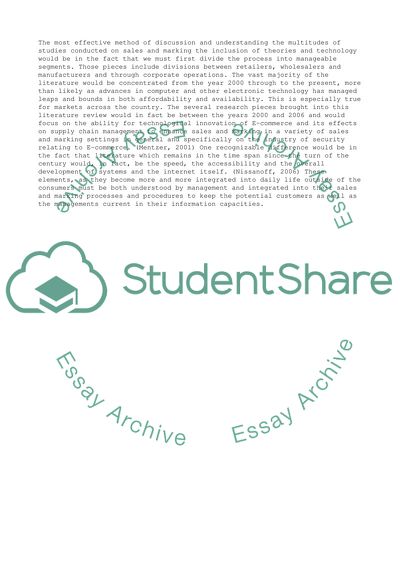Cite this document
(“The Managerial Aspects B2B E-Commerce Research Paper”, n.d.)
The Managerial Aspects B2B E-Commerce Research Paper. Retrieved from https://studentshare.org/business/1516999-business-to-business-essay
The Managerial Aspects B2B E-Commerce Research Paper. Retrieved from https://studentshare.org/business/1516999-business-to-business-essay
(The Managerial Aspects B2B E-Commerce Research Paper)
The Managerial Aspects B2B E-Commerce Research Paper. https://studentshare.org/business/1516999-business-to-business-essay.
The Managerial Aspects B2B E-Commerce Research Paper. https://studentshare.org/business/1516999-business-to-business-essay.
“The Managerial Aspects B2B E-Commerce Research Paper”, n.d. https://studentshare.org/business/1516999-business-to-business-essay.


